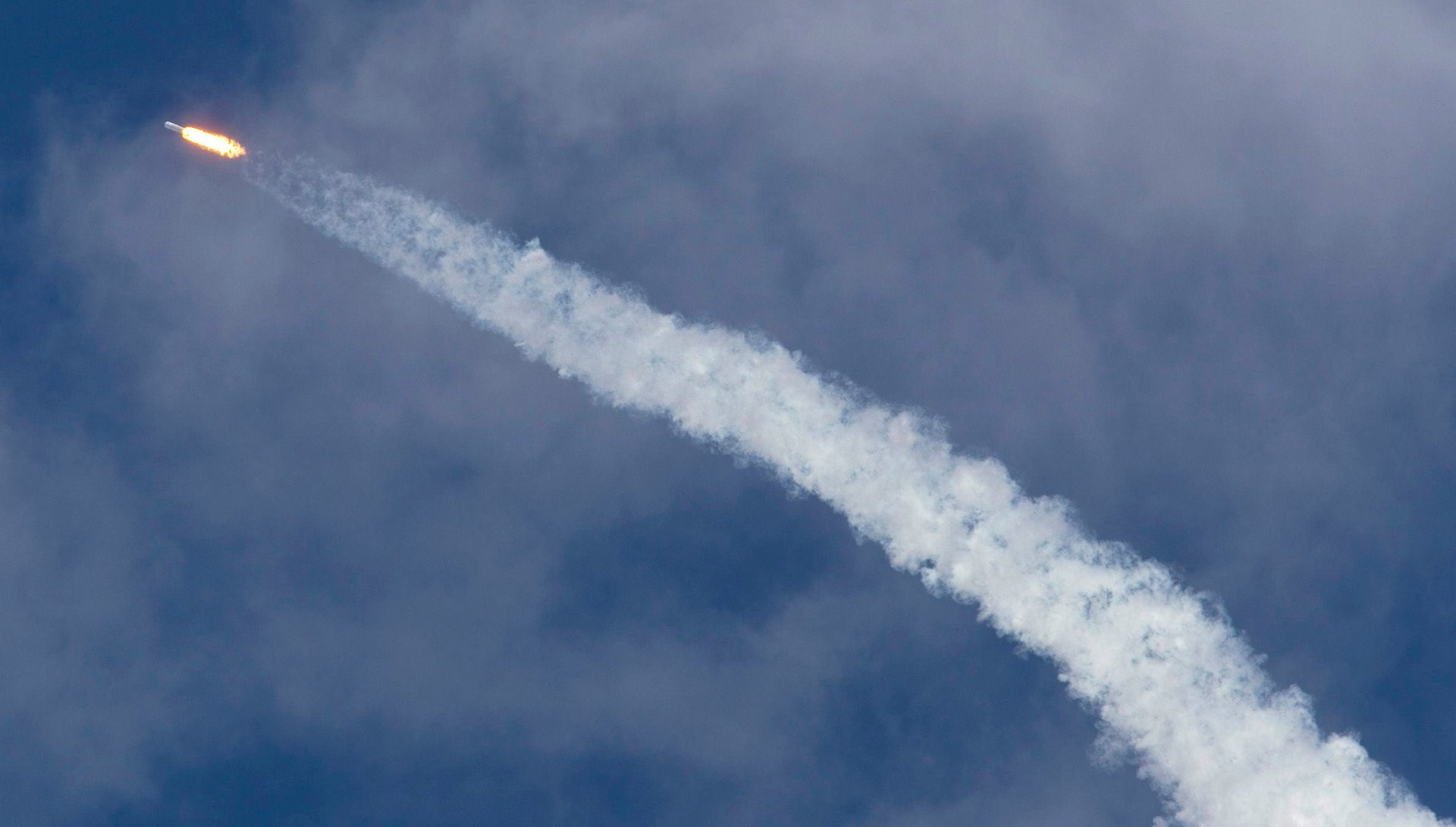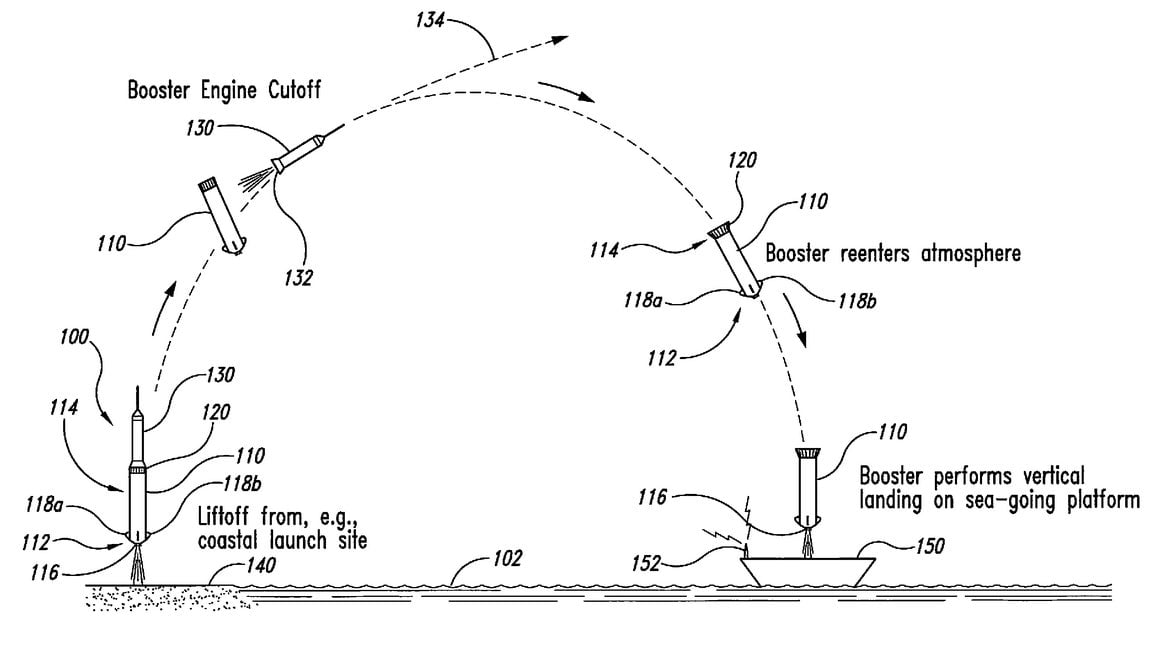SpaceX will try again today to test the reusable rocket that could change spaceflight
Thunderstorms scrubbed yesterday’s attempt, but today (April 14) at approximately 4:10 pm eastern time, SpaceX is expected to launch its seventh mission to the International Space Station on behalf of NASA. But mostly the world will be watching to see if the company can successfully land the first stage of its launch vehicle on a platform floating in the ocean.


Thunderstorms scrubbed yesterday’s attempt, but today (April 14) at approximately 4:10 pm eastern time, SpaceX is expected to launch its seventh mission to the International Space Station on behalf of NASA. But mostly the world will be watching to see if the company can successfully land the first stage of its launch vehicle on a platform floating in the ocean.
Update, 4:35: The launch was a success, putting the Dragon spacecraft on course to re-supply the International Space Station, but the attempt to land the first stage of the rocket on a floating platform failed.
Why does this matter?
If SpaceX can avoid what happened last time it tested the landing process…
…and land the rocket and reuse the stage, it will be a game changer for the company, potentially reducing the cost of launches by tens of millions of dollars and creating what investors and executives believe will be disruptive access to orbit. Landing the first stage of the rocket would be a veritable coup—Musk, without much evidence behind the forecast, says the odds are 50-50.
A successful launch is a must, though, as the company spars with ULA, which unveiled its own next-generation rocket, the Vulcan, yesterday. Both are competing for launch business from telecom companies and governments.
This latest re-supply mission has been delayed several times, including in March, when SpaceX executives said an abundance of caution led them to postpone and fix fuel storage issues in its vehicle.
What funny things are in the cargo for ISS?
There’s a tiny espresso machine, designed by Lavazza and Italy’s space agency, so the astronauts can do better than instant coffee. Sadly, the delivery of this item was delayed by the failure of an Orbital Sciences re-supply mission last fall, and the Italian astronaut who inspired the espresso mission will only have a few weeks to enjoy the machine before her scheduled return to earth in early May.
There are also thousands of pounds of food and other supplies for the astronauts, plus scientific experiments to study the effect that life in space has on the body—particularly US astronaut Scott Kelly, who recently began his year on the station to study—as well as a project that will attempt to test synthetic muscle with potential application for robots.
Are Elon Musk and Jeff Bezos fighting over the patent on this technology?
